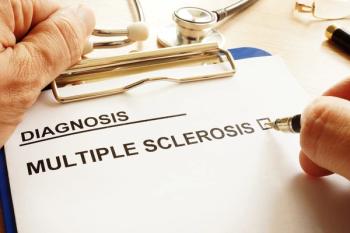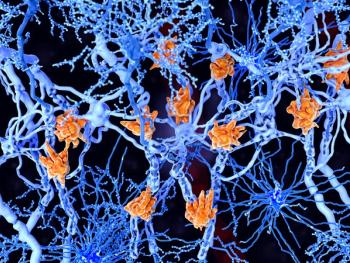
Multiple Sclerosis: Considerations for Measuring Outcomes
Fred D. Lublin, MD, FAAN, FANA: The major outcome measures in MS [multiple sclerosis] clinical trials are relapse rate reduction. And that’s the most common metric used for pivotal studies, studies you’re going to take to the FDA. Maybe more important as an outcome measure is reduction and disability accumulation. But it’s a harder outcome to reach, especially in early MS because not that many people develop enough disability to measure it. And then we support that with MRI [magnetic resonance imaging] metrics—decrease the number of gadolinium-enhancing lesions, decrease the number of T2 lesions, and decrease the rate at which brain volume is lost.
For progressive MS studies, the major measure is disability progression. And that is reducing disability progression. You could secondarily look at improvement, but that’s usually not the goal of most of the progressive studies, although there are a few now that are starting to look at improvement instead of just lessening, worsening. The major MRI metrics aren’t as critical in progressive disease. You want to see them going in the same direction. Maybe the 1 that’s most important is changes in brain volume. Whole brain volume, as well as gray, and white segmented volume.
In day-to-day practice we measure success more broadly than we do in clinical trials, because the clinical trials are a very controlled environment. And in day-to-day practice, there are many different things that could impact how a patient responds to the agent and how we gauge success. In some people it may be more endurance; in others it may be being able to walk farther; in others it may be the ability to continue working. We’re always looking to make sure that they’re not having ongoing relapses, and we look to make sure that their MRI scans aren’t getting worse, because both of those with the metrics would suggest we need to, maybe, change therapy.
Brain volume is a useful metric when you’re looking at groups. And we’ve done it in almost all our modern clinical trials and shown that it tends to have a favorable outcome. It’s much more difficult to utilize in day-to-day practice, because brain volume fluctuates a lot from day-to-day, and it depends on your hydration status and how much alcohol you had over the weekend, and too many things that it’s not yet ready for prime-time use in monitoring individual patients on a day-to-day basis or even a month-to-month or year-to-year basis.
We’ve gotten very good at measuring the outcomes, and that’s why we have so many approved agents. Because once you have a successful clinical trial, you build on that and you get to see what works and what doesn’t work. For example, the phase 2 proof-of-principle study we do for any inflammatory agents in relapsing MS, where we’re looking at reduction, now the gadolinium-enhancing lesions and new T2 lesions are so reliable that anytime an agent has succeeded in that phase 2 and has gone on to phase 3, they’ve succeeded in phase 3, so we have good metrics.
Moving forward, we want to see agents that give us better protection in the degenerative phase of MS. We’re pretty good at turning off the inflammation, but we need to get to the underlying tissue damage. And then the next horizon is repairing the damage that’s done. You want to turn off the damage and then repair what’s there. And we have strategies working on both of those, things like molecules to enhance repair and stem cell therapies. They are early phase studies but are getting under way to hopefully improve recovery.
Newsletter
Stay ahead of policy, cost, and value—subscribe to AJMC for expert insights at the intersection of clinical care and health economics.











































